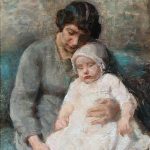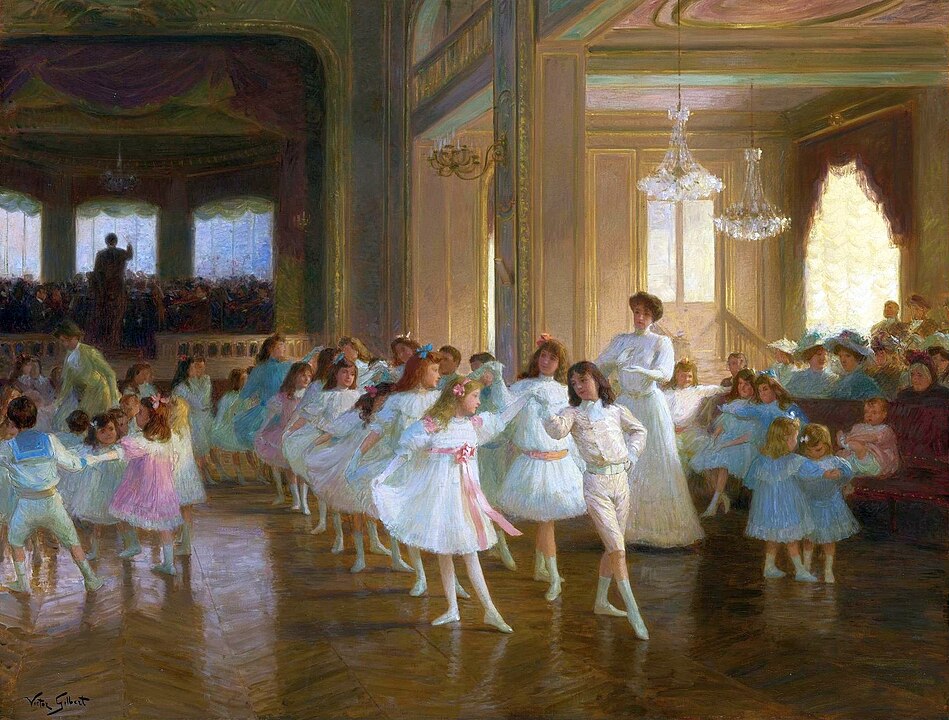
Victor Gabriel Gilbert (1847-1933) was a French painter, celebrated for his contributions to genre painting, a style that depicts scenes of everyday life. Born in Paris, Gilbert’s artistic journey is a testament to the transformative power of dedication, talent, and the nurturing influence of mentorship within the arts.
Born on February 13, 1847, in Paris, France, Victor Gabriel Gilbert was introduced to the world of art at a young age. Despite the modest means of his family, Gilbert’s passion for painting was evident early on. At the age of 13, he began an apprenticeship with a wood engraver, which, though not directly related to painting, introduced him to the basics of artistic composition and technique.
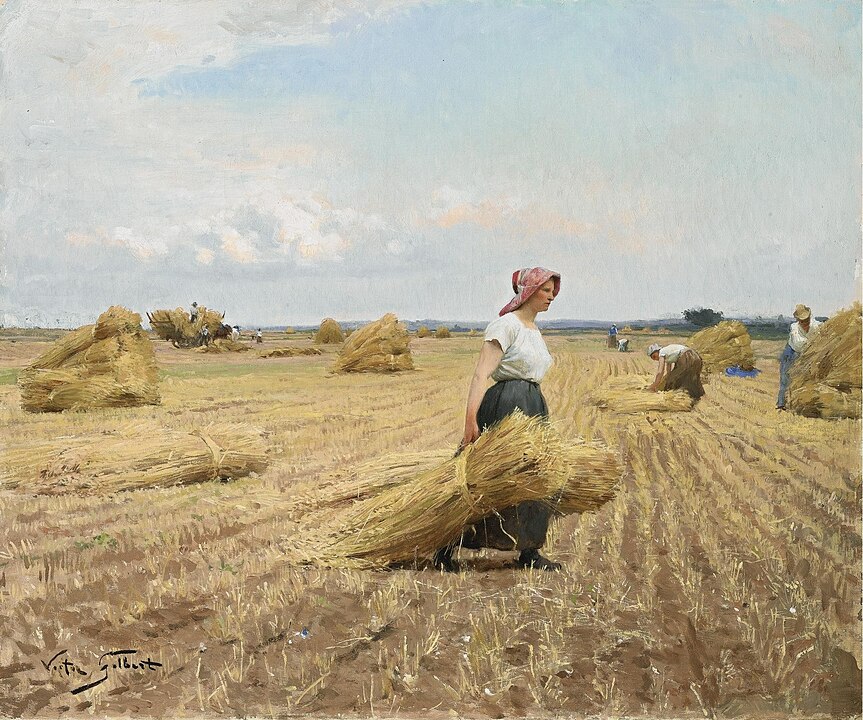
His formal education in art commenced when he joined the studio of Pierre Levasseur at the École Gratuite de Dessin in Paris. This institution was known for providing free artistic education to talented individuals who could not afford the fees of more prestigious schools. It was here that Gilbert honed his skills, particularly in genre painting, which would become the hallmark of his artistic career.
Artistic Development and Style
Gilbert’s style evolved significantly over the years. Initially influenced by the academic painting traditions of the 19th century, he later embraced the vibrant colors and dynamic compositions of Impressionism. This blend of academic rigor and impressionistic sensibility characterized much of his work, making his paintings highly appreciated for their detail, warmth, and vivacity.
Gilbert’s subjects often depicted the Parisian life around him, including market scenes, flower vendors, and the bustling activities of the city’s streets and cafes. His ability to capture the nuances of everyday life, combined with his keen observation of light and shadow, imbued his paintings with a sense of immediacy and intimacy.
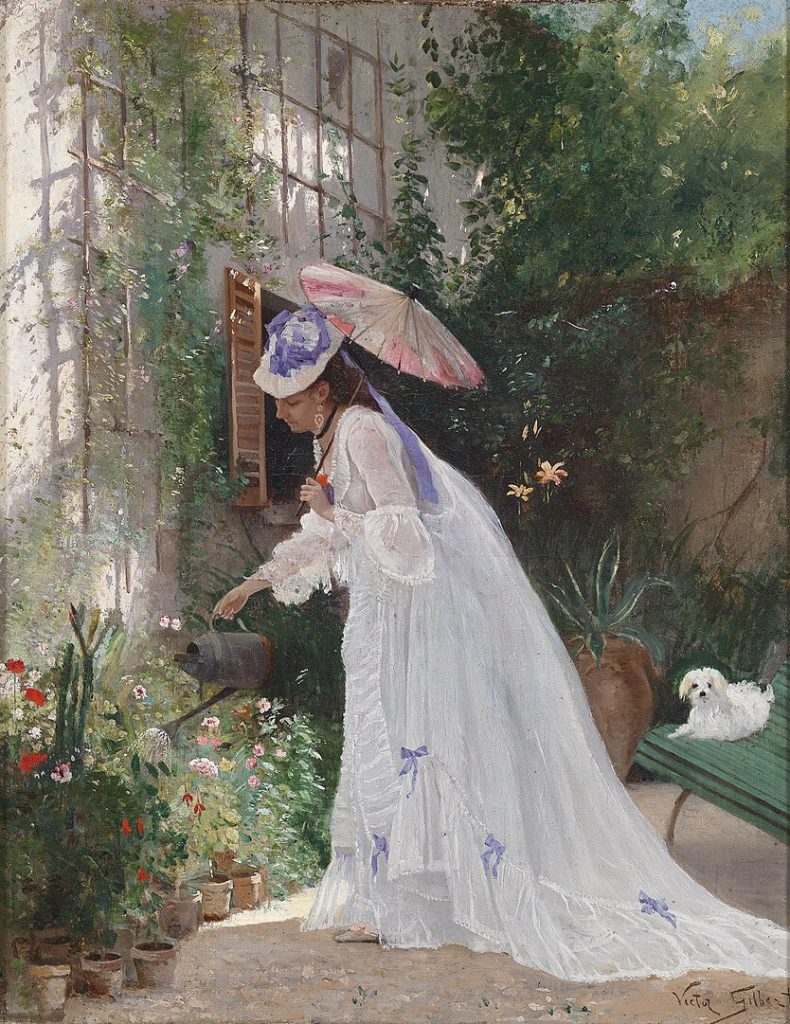
Victor Gabriel Gilbert’s career was marked by a steady ascent to prominence within the French art world. His debut at the Paris Salon in 1873 marked the beginning of a long and fruitful association with this prestigious exhibition. Over the years, Gilbert’s work was regularly showcased at the Salon, earning him critical acclaim and the admiration of his peers.
In 1889, Gilbert received one of his most significant accolades—a bronze medal at the Exposition Universelle, a world’s fair held in Paris. This recognition was not just a personal triumph for Gilbert but also a testament to the growing appreciation for genre painting within the broader artistic community.

Gilbert’s contributions to art were further recognized in 1926 when he was awarded the Knight of the Legion of Honor, one of France’s highest honors. This accolade was a fitting acknowledgment of his contributions to the French artistic heritage and his role in enriching the cultural landscape of his country.
A Long Career
Victor Gabriel Gilbert continued to paint well into his later years, remaining active and productive until his death in Paris on July 21, 1933. His enduring passion for art and his commitment to capturing the beauty of everyday life left a lasting legacy that continues to be celebrated today.
Gilbert’s works are held in high esteem and can be found in various museums and collections around the world. His paintings not only offer a window into the Parisian life of his time but also stand as enduring examples of the genre painting tradition. Through his detailed and vibrant depictions of the mundane, Gilbert elevated the everyday to the extraordinary, reminding us of the beauty that exists in the ordinary moments of life.
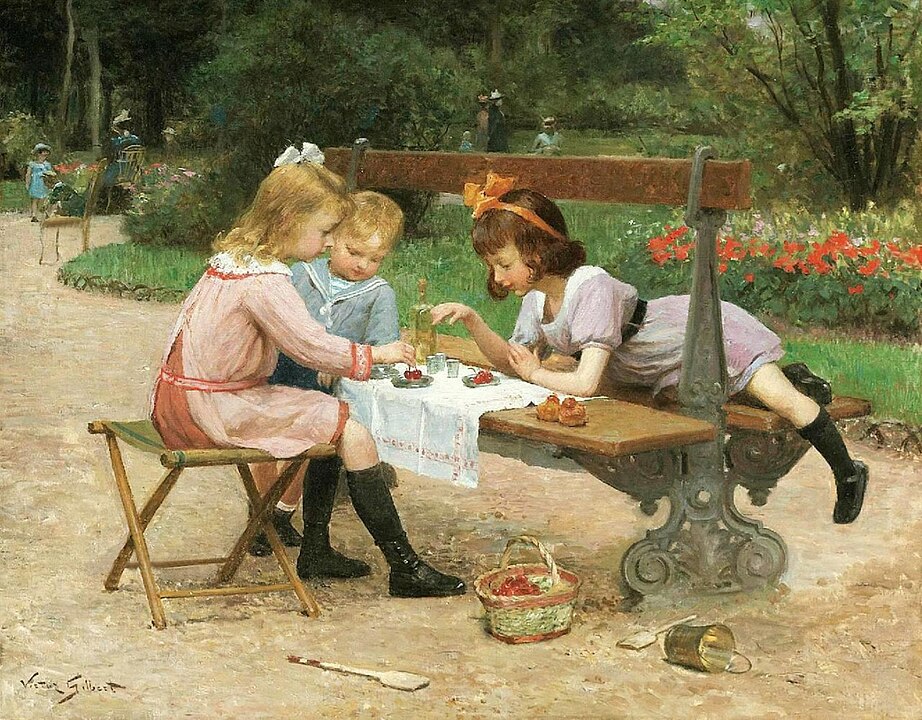
Victor Gabriel Gilbert’s life and work offer a compelling narrative of artistic evolution, from a young apprentice to a celebrated painter of the Parisian genre. His journey reflects the broader trends of 19th-century French art, straddling the line between academic tradition and the emerging impressionistic movement. Gilbert’s ability to capture the essence of daily life in Paris, with all its vibrancy and dynamism, ensures his place in the annals of art history as a painter who truly understood the beauty of the everyday. His legacy continues to inspire and captivate audiences, making his work a cherished part of France’s cultural heritage.




